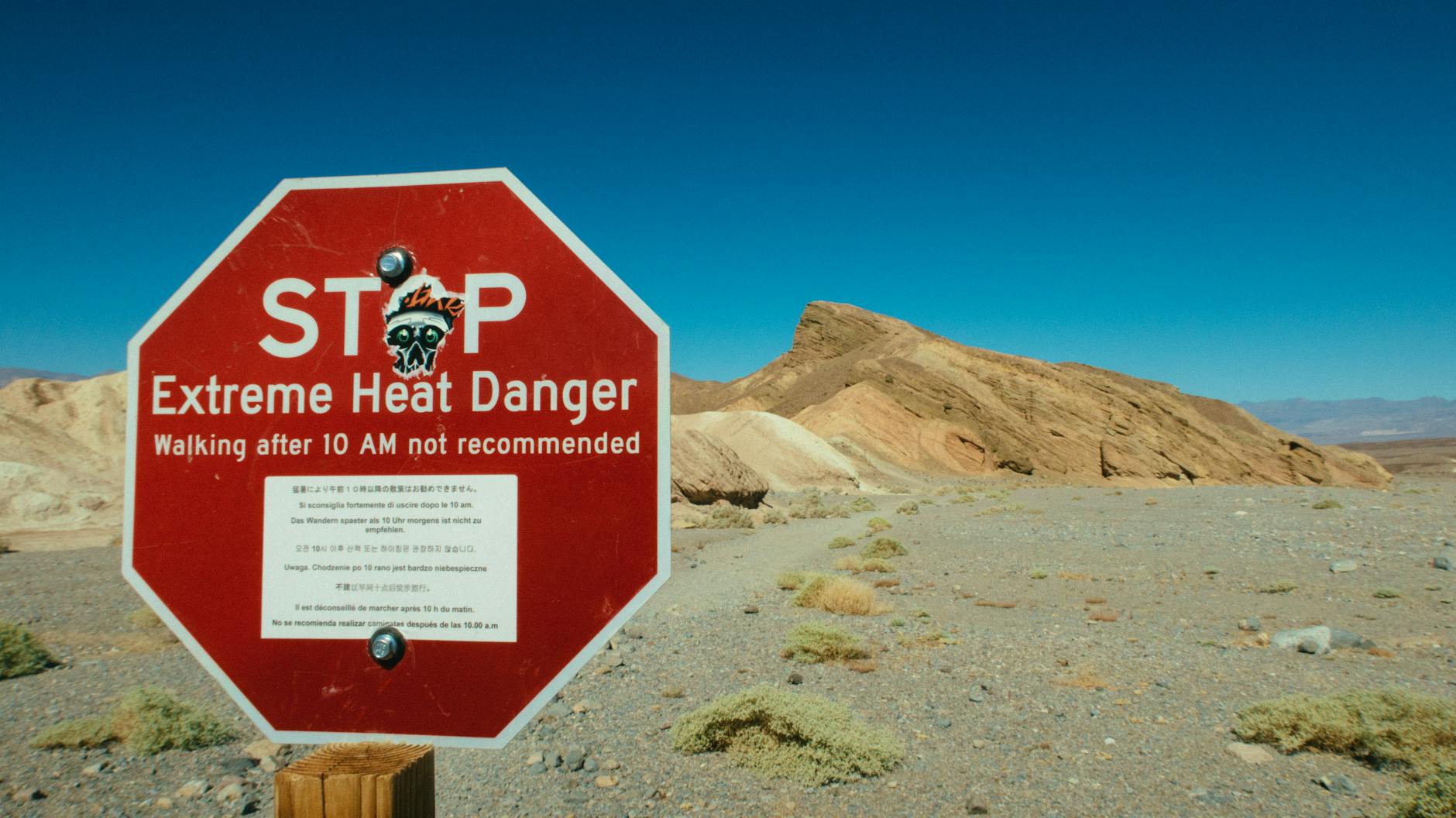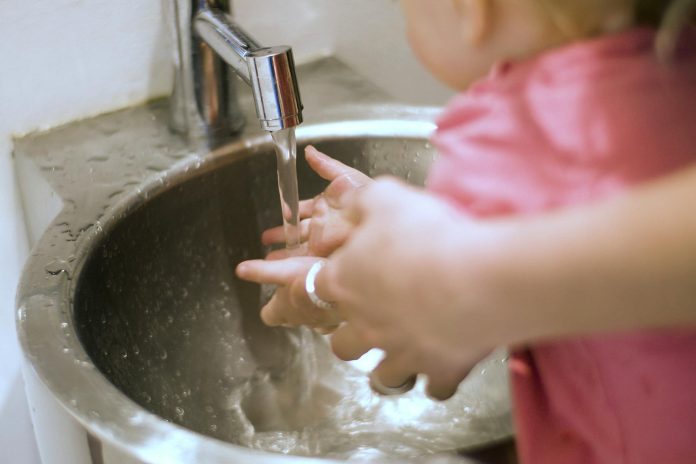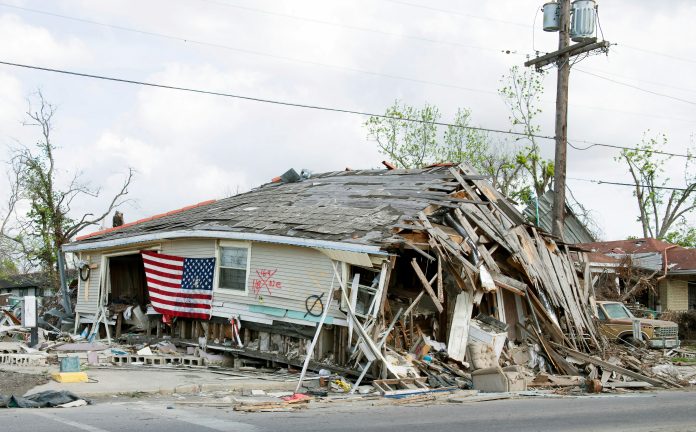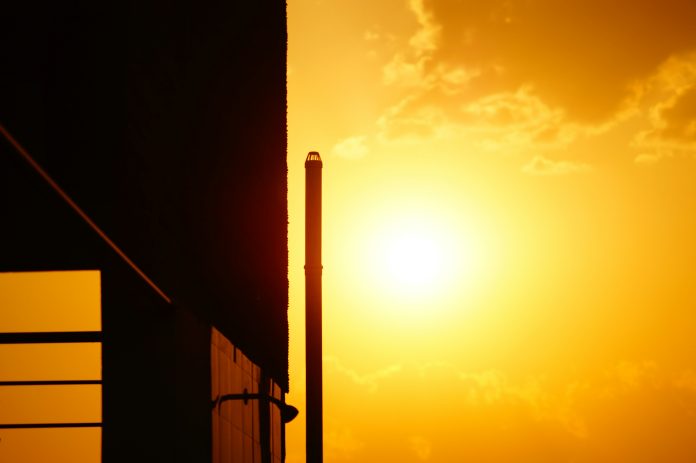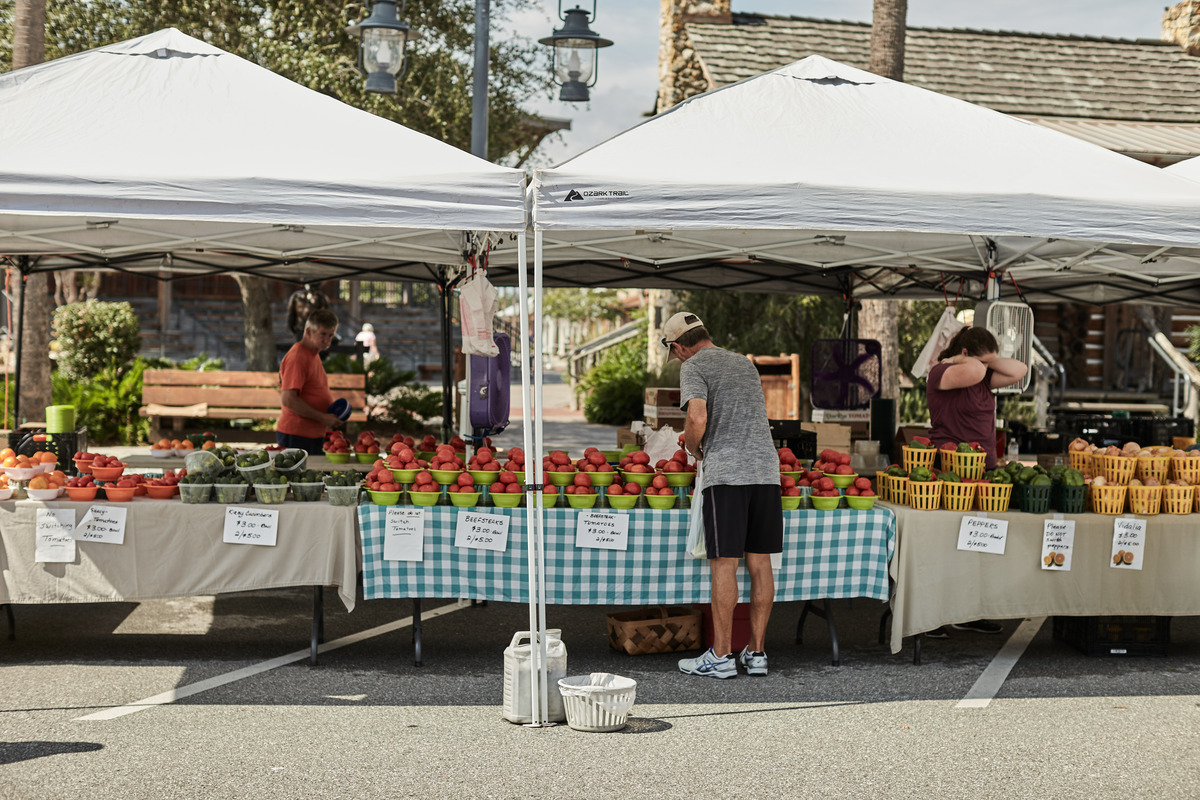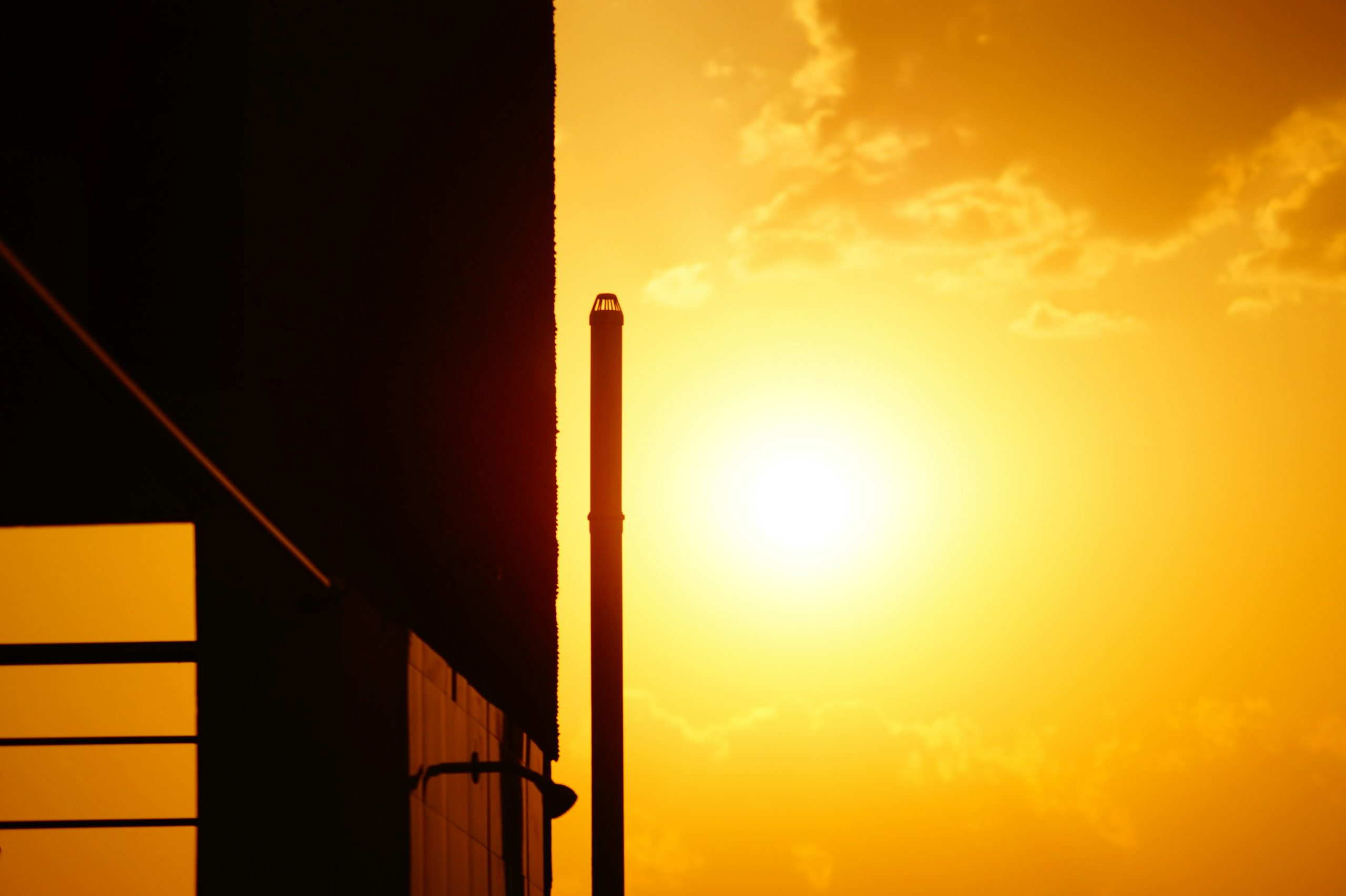Each summer seems to be growing hotter than the last. Record-breaking global temperatures continue to rise, bringing more intense heat waves with them, not to mention the associated extreme health risks. Plus, when you’re feeling hot, your energy bills are bound to skyrocket due to increased electricity use, with air conditioners and fans working harder than ever.
Before you helplessly resign to melting like an ice cream cone in July, know that there are ways to prepare your home to fend off some of the summer heat waves. These tips will help you stay cool this summer while reducing your energy consumption.
1. Set the Thermostat Wisely

While your household comfort level is a personal preference, many hold the belief that 78 degrees Fahrenheit is the perfect temp to keep indoors. However, this isn’t actually a federal recommendation — it’s an energy-saving setting from way back in 2009. With rising temperatures year after year, these outdated numbers aren’t accurate anymore.
Instead, the U.S. Department of Energy recommends simply dialing the thermostat to a high but comfortable setting when you’re home and need cooling. While no specific number is dictated, the key is that the smaller the difference between indoor and outdoor temperatures, the lower your energy bill will be.
2. Use Programmable or Smart Thermostats
Homeowners can invest in a smart thermostat to automate temperature adjustments and maximize energy efficiency. Even when you’re away, you should regulate indoor temperatures. A programmable thermostat takes care of this without the need for manual adjustment. By setting the thermostat back 7 to 10 degrees Fahrenheit for at least eight hours a day, especially when everyone is away, homeowners can save up to 10% annually on energy costs.
3. Maintain Your AC Unit Regularly
There’s nothing better than the refreshing blast of cold air on a scorching summer day. Air conditioning is a true lifesaver, but it’s also an energy guzzler. Cooling systems make up about 12% of a home’s electricity bill, and if your AC isn’t well-maintained, it could be draining your wallet as it struggles to cool your home efficiently.
Clean or replace air filters on a monthly basis and schedule annual servicing to ensure your unit remains efficient. You should also avoid setting the temperature lower than usual when switching on your air conditioner. It doesn’t cool your house any faster and only leads to overheating and unnecessary costs.
4. Improve Home Insulation and Seal Air Leaks

Insulation isn’t just a winter affair. A well-insulated home prevents outdoor heat from entering and preserves interior temperatures. You should also make sure that leaks around windows and doors are sealed properly so cool air cannot escape. Weatherstripping can cut 10% to 20% of energy loss, helping you save more.
5. Use Fans Strategically

While ceiling fans don’t actually lower a room’s temperature, they create a wind chill effect that makes you feel cooler. Different types of fans circulate air in various ways depending on their placement, so using them strategically can make a big difference in keeping your home comfortable during a heat wave.
To bring cool air inside, place a fan by a window facing inward during the early morning or late evening when outdoor temperatures are lower than indoors. Ceiling fans should be set to rotate counterclockwise in the summer, creating a cooling breeze that allows you to raise your thermostat setting by about 4 degrees Fahrenheit without sacrificing comfort.
For even better results, pair fans with air conditioning to distribute cold air more effectively and cool a room faster. The key is to direct fans toward people, ensuring they feel the cooling effect. Since fans use significantly less energy than air conditioners, incorporating them into your strategy can also help cut down on electricity costs.
6. Minimize Heat From Appliances
Your appliances may be contributing to the overall heat inside your home, forcing your AC to work harder. Here’s what you can do to prevent excess warmth when you’re trying to cool down.
- Avoid oven use during peak hours: Turning on your oven will heat your home, so it’s a no-no when the goal is to keep cool. Use your microwave or an outdoor grill instead.
- Switch to LED bulbs: LED light releases very little warmth compared to incandescent bulbs, which emit 90% of energy as heat and can last three to five times longer.
- Unplug unused electronics: Touch the surface of a plugged device. Even in standby mode, it generates heat and wastes up to 10% of your home’s energy use. Unplugging phantom power ensures no unnecessary warmth affects your home’s temperature.
7. Create Outdoor Shade and Green Spaces

Nothing beats nature’s cooling ability. Deciduous trees that are planted strategically can provide shade in the summer and block direct sunlight from heating your home.
Pergolas and awnings also allow you to spend time outdoors in the shade to reduce air conditioning reliance. Lighter-colored gravel instead of darker colors can reflect heat rather than absorb it to minimize absorption through the walls.
Stay Cool in the Heat
Preparing for heat waves ensures your comfort and efficiency to survive even the hottest summer days. Taking these proactive steps allows you to protect your home and your budget. Are you ready to outsmart the heat?
